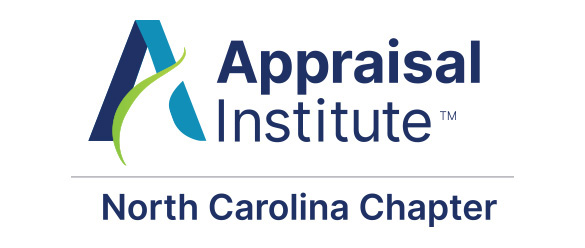Mortgage banking and investment sales experts at Berkadia are preparing for interest rate hikes and adopting new technologies this year, according to the firm’s 2019 Outlook Powerhouse Poll. The proprietary poll, conducted in December 2018, collected insights from over 150 Berkadia investment sales brokers and mortgage bankers across 60 offices to assess 2018 commercial real estate activity and opportunities for the year ahead.
Despite four interest rate increases throughout 2018, investment sales brokers and mortgage bankers alike agree that the commercial real estate industry ended the year on a high note—82 percent said that deal volume either met or exceeded their expectations for the year. However, Berkadia’s professionals are keeping a close eye on interest rates in 2019. Eighty-one percent of mortgage bankers and 83 percent of investment sales brokers have it on their radar for the year ahead.
